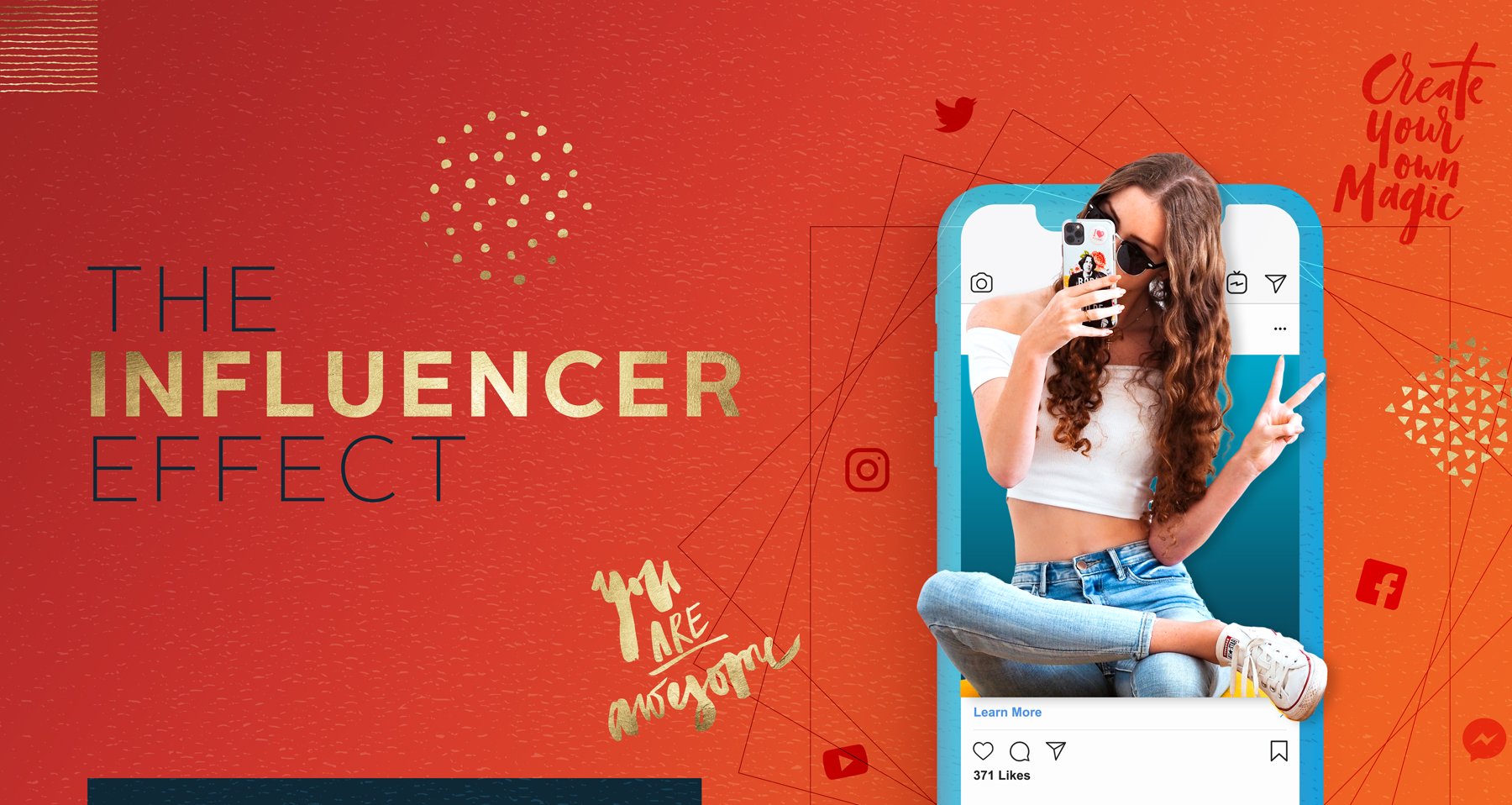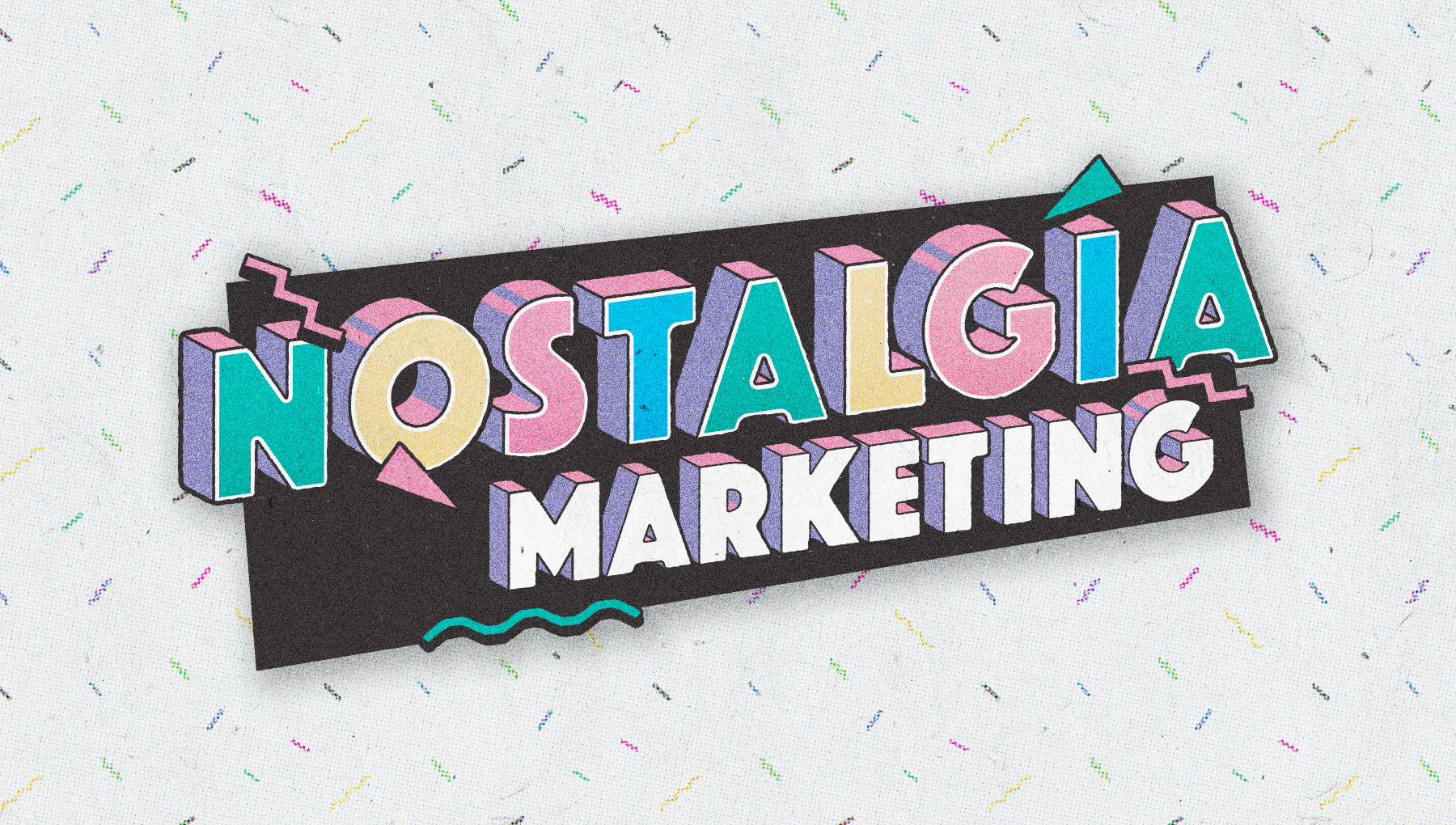If you had to choose between an autograph from your idol or a selfie with them, which would you take?
The pandemic has created an uptick in social media activity, with 32% of polled social users in the United States reporting an increase in their social media activity. This added activity and attention have put pressure on brands to deliver value to followers. With the need for brand authenticity and the rise in socially conscious spending, brands are trusting the guidance of influencers for their products. In fact, 63% of consumers trust influencer opinions more than testimony from the brand itself and 58% of consumers have purchased products because of an influencer's recommendation.
Influencer marketing is not a trend; rather, a sign of a greater shift in the priorities of consumers and the direction of marketing campaigns. According to Influencer Marketing Hub, this market is expected to grow in size from $9.7 billion in 2020 to $13.8 billion in 2021.
Ideally, the use of an influencer should be symbiotic for companies and consumers. The companies create brand awareness and extend their reach while consumers gain trustworthy and knowledgeable information about a service or product. Utilizing an influencer research tool like Upfluence can identify the saturation of influencers (i.e., how many other brands are actively linked with that individual), as well as other factors like message/imagery engagement.
When assessing successful marketing, the strategies associated with influencer relations and activations cannot be ignored. Recently, Hart Copywriter, Social Media & Content, Caeli Barnes moderated a sit-down with Associate Creative Director Jeff Payden, Senior Account Executive JoAnna Sorosiak and Senior Strategist Sam Williams to discuss and gain perspective into the world of influencers and their role in advertising.
Recently, we addressed the importance of social listening – specifically, monitoring what people are saying about your brand beyond your owned social media channels – in our blog, Social Listening Part 1: Insider Tips to Get the Most Out of an Evolving World. Social listening can provide data-driven insights on your brand, competitors and industry trends. But more important, it can also alert you to a negative review, politically charged tweet or complaint about your product in a Reddit thread.
In Part 2 of this series, we continue our discussion with Digimind Senior Customer Success Manager, Strategic Accounts, Tony Calega, about the importance of adding social listening to your 2021 strategy. Hart partners with Digimind, a leader in social listening software, to provide clients with the full picture of how their brand is being discussed in the social landscape.
See a Potential Crisis Before It Hits
Midwestern agency adds Clifton in the role of Vice President, Media Strategy and Analytics
Across this country, businesses are all facing a new wave of challenges with a familiar resolve. Breaking through noise to remain relevant is incredibly challenging, but also rewarding. Consumers are evolving quickly: fragmentation is increasing at a rapid pace, and trends are hard to discern from shorter-term fads. We have a tremendous opportunity to make the connection between brands and their changing consumer, using data to listen to the moment.
Cleaning, or taking account of our actions over the past six months, feels like a chore that we keep pushing off. After all, we all jumped feet first into COVID’s impacts and managed each wrinkle with the precision of a ninja and the comfort of a fleece blanket. At least after the initial shock wore off!
Throughout the COVID-19 pandemic, Hart has explored in detail the ways brands must adapt to changing consumer values in the face of a global crisis. Most recently, we focused on the ways these values influence consumer behavior and the importance of addressing their ongoing evolution.
As a follow-up to our post about adapting to changing consumer values in the face of a global pandemic, our team explored consumer values in greater detail, how they're changing and why it matters.
Utilization of telehealth certainly received a massive spike as a result of COVID-19. As the pandemic continues, awareness of this offering and further use will grow. But, knowledge of telehealth remains far from universal, and for many audiences, understanding how and when to use it requires further education.
Assuming the impacts of COVID-19 remain with us, the consumer’s comfort with using telemedicine for more than simply obtaining an antibiotic prescription will grow. That said, the potential for massive service demand on telehealth systems just coming online or not accustomed to such high volume has the potential for poor patient experiences. It won’t be enough to simply offer telehealth services – you will need to meet consumers’ increasing expectations around access, immediacy and seamless integration into their care.











